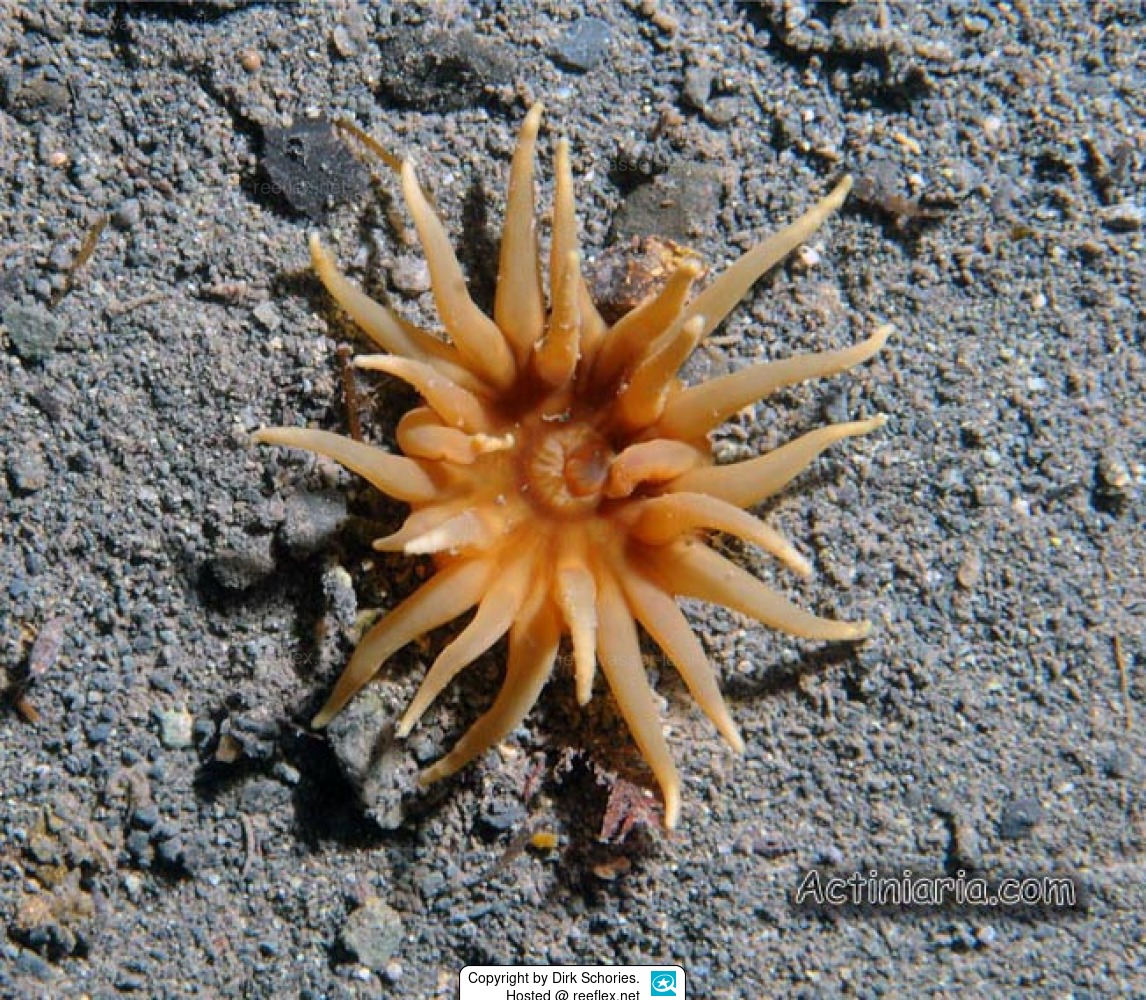Info
Armactinia antarctica Sanamyan N., Sanamyan, K. & Schories, 2015
The genus Armactinia and the species A. antarctica were described in our paper on Antarctic anemones published in 2015. This appear to be a rare species, only two specimens were collected so far. Currently this species is known only from King George Island (Antarctica) from the deepts about 32-35 m.
Source: Actiniaria
Antarctic sea anemones, with few exceptions, are known mainly from dredged or trawled samples while the shallow water anemone fauna of Antarctica region is poorly known, but sure, more new species will appear, according technology advances. According to A new assessment by scientists, antarctic biodiversity it is much richer, than many researchers thought until now.
Despite the extreme environmental conditions encountered in Antarctica, which include low temperatures, high seasonality and disturbances caused by ice, there is a high diversity of organisms that have adapted to these extreme conditions
Now, researchers from Russia and Germany, in partnership with INACH (Chile) recently found three new species of actinians in shallow water (down to 40 m) on King George Island, in front the chilean bases Profesor Escudero and Villa Las Estrellas.
Source: Marine Science in a Drop
The genus Armactinia and the species A. antarctica were described in our paper on Antarctic anemones published in 2015. This appear to be a rare species, only two specimens were collected so far. Currently this species is known only from King George Island (Antarctica) from the deepts about 32-35 m.
Source: Actiniaria
Antarctic sea anemones, with few exceptions, are known mainly from dredged or trawled samples while the shallow water anemone fauna of Antarctica region is poorly known, but sure, more new species will appear, according technology advances. According to A new assessment by scientists, antarctic biodiversity it is much richer, than many researchers thought until now.
Despite the extreme environmental conditions encountered in Antarctica, which include low temperatures, high seasonality and disturbances caused by ice, there is a high diversity of organisms that have adapted to these extreme conditions
Now, researchers from Russia and Germany, in partnership with INACH (Chile) recently found three new species of actinians in shallow water (down to 40 m) on King George Island, in front the chilean bases Profesor Escudero and Villa Las Estrellas.
Source: Marine Science in a Drop







 Dr. Dirk Schories, Deutschland
Dr. Dirk Schories, Deutschland


